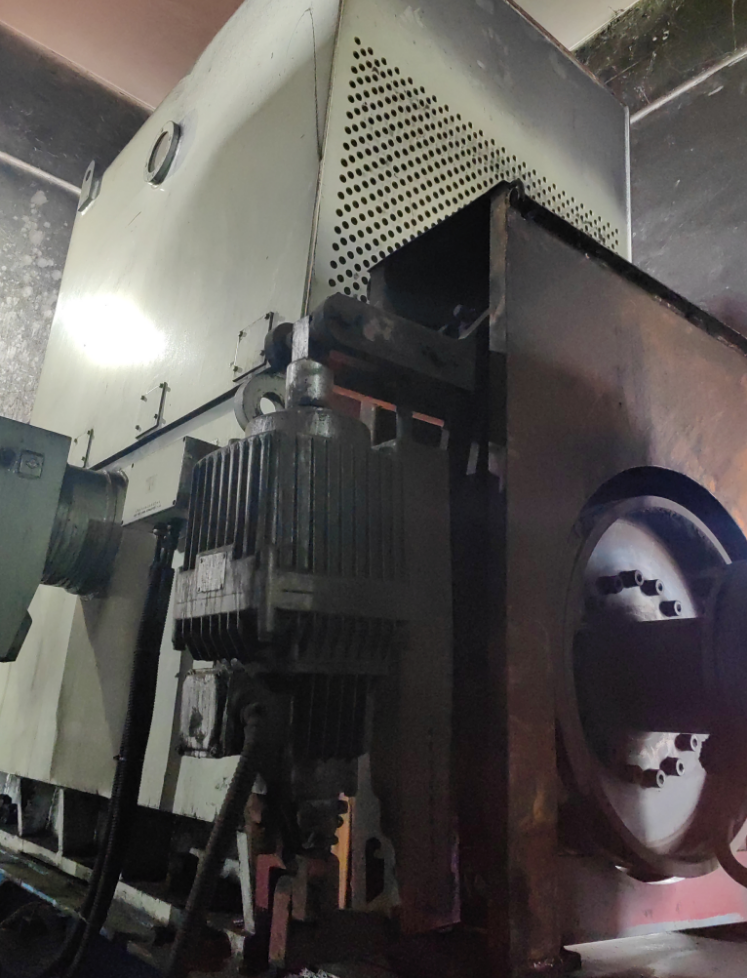Low pole count motors often suffer from phase-to-phase faults due to the specific characteristics of their winding coils and the challenges associated with their construction process. Phase-to-phase faults are unique electrical faults in three-phase motor windings, and are mostly concentrated in motors with a small number of poles, such as two-pole motors.
Judging from the statistics of faulty motors, phase-to-phase faults are relatively concentrated in two-pole motors, and they mostly occur at the ends of the windings. This can be attributed to the unique characteristics of the winding coils in these motors. The two-pole motor winding coil has a large span, and end shaping becomes a major challenge during the wire embedding process. The larger span of the winding coils increases the complexity of fixing the interphase insulation and binding the windings, making it easier for the interphase insulation to shift, leading to potential interphase faults.
The construction process of two-pole motors presents specific difficulties in ensuring proper insulation and alignment of the winding coils. The wire embedding process, especially at the winding ends, requires meticulous attention to detail to prevent phase-to-phase faults. In addition, phase-to-phase insulation must be securely fastened to avoid shifting, which could lead to electrical failure.
Additionally, challenges associated with phase-to-phase insulation and tied windings in fixed two-pole machines result in a higher incidence of phase-to-phase faults in these machines. The complexity of the construction process and the specific characteristics of the winding coils make it more difficult to ensure the integrity of the motor windings, increasing the likelihood of phase-to-phase failure.
In summary, the unique characteristics of the winding coils and the challenges associated with the construction process of two-pole machines result in a higher incidence of phase-to-phase faults in these machines. Understanding these specific challenges is critical to improving design and construction processes and reducing the risk of phase-to-phase failure in low-pole-count motors.
Post time: Aug-21-2024


